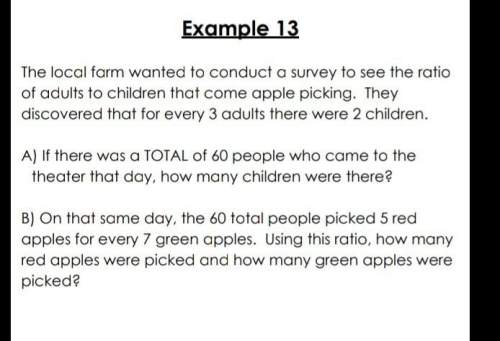
Mathematics, 25.02.2020 17:23 livesk8923
A total charge of Q is distributed uniformly on a line segment of length 2L along the y-axis. The x-component of the electric field at a point (a,0) on the x-axis is given by:
Eₓ(a) = (k Qa/2L) × (L → −L)∫ dy/(a²+y²)³/²
Confirm that:
Eₓ(a) = kQ/[a √(a²+L²)].

Answers: 1


Other questions on the subject: Mathematics



Mathematics, 21.06.2019 22:00, alyssa32900
Sara has been reading about different types of financial grants, including federal pell grants, academic competitiveness grants, smart grants, and teach grants. which statement about these grants is true? filling out a fafsa will not her apply for these grants. she will not have to pay back any funds she receives from these grants. these grants only go to students with less than a 3.0 gpa. she will have to pay back all the funds she receives from these grants.
Answers: 2
You know the right answer?
A total charge of Q is distributed uniformly on a line segment of length 2L along the y-axis. The x-...
Questions in other subjects:


Health, 19.10.2019 04:30




English, 19.10.2019 04:30



Spanish, 19.10.2019 04:30

History, 19.10.2019 04:30




